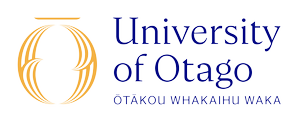Keeping the rural medical workforce flowing: the role of social capital
Eggleton, K., & Goodyear-Smith, F. (2025). Keeping the rural medical workforce flowing: the role of social capital. Education for Primary Care, 1–7. https://doi.org/10.1080/14739879.2025.2556162
2025-09-18In this article Kyle & Felicity propose changes to the rural pipeline analogy, that is often quoted as a workforce strategy to increase the rural health workforce. They dismiss the idea of a linear process and instead propose an analogy of a river with tributaries and bridges. The article draws on theories of social capital to illustrate how both rural and urban students can be influenced by social capital and into the rural workforce river.
ABSTRACT
The metaphor of a pipeline is used for rural medical workforces: the sections involve structured contact between high school students, rural physicians and universities; university admission schemes to increase rural student representation in medicine; rural exposure during medical training; and to retain a rural medical workforce upon graduation. Social capital is the benefit people gain from social networks, from both their relationships, and the resources those relationships provide, and is associated with positive physical and mental health and wellbeing. Rural communities generally have a greater sense of community and social involvement and cohesion than their urban counterparts. Relationships tend to be closer and stronger in rural communities with shared sense of identity, norms and understanding and hence greater social capital. There is evidence that social capital impacts on educational outcomes. Social capital factors tend to be enacted in-place, where the student is undertaking their learning. This paper draws on examples from the literature of different social capital interventions that can support the rural pipeline. We suggest that the flow of a rural medical workforce can be boosted by social capital and the analogy of a rural river may be more apt, with the banks of the river representing different locations of rural social networks and distanced medical schools. The student journey is represented by movement down the river, moving side to side on the banks, being in-place in different settings at different parts of the medical programme with different social capital factors at play.

